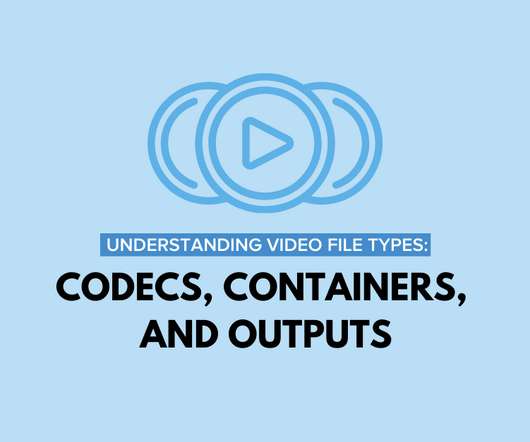eLearning Development: 4 Tech Considerations When Using Videos
Upside Learning
DECEMBER 15, 2009
Don’t double compress videos – use uncompressed or lossless formats when compressing to FLV format. Supported source formats are: asf, avi, dv, mov, mp4, mpg, mpeg, wmv. Encoding videos to FLV. To encode videos into FLV or MP4, the encoder software uses following codecs - H.264, Video delivery options.





















Let's personalize your content